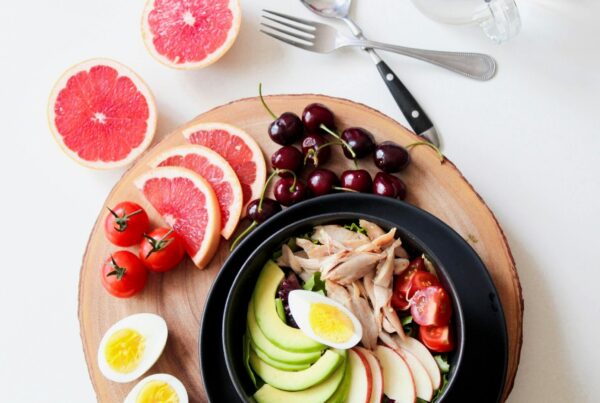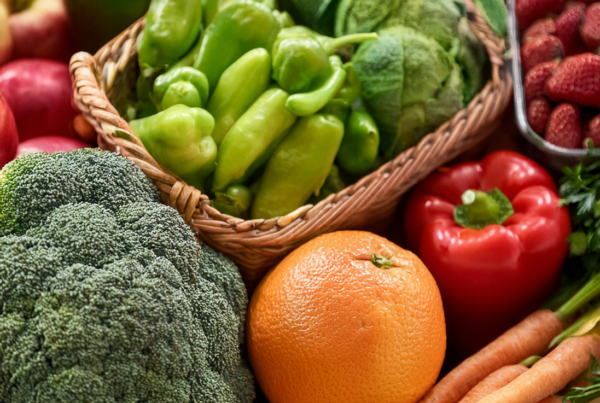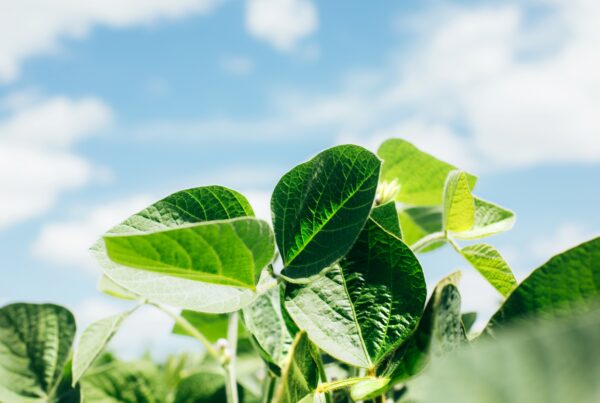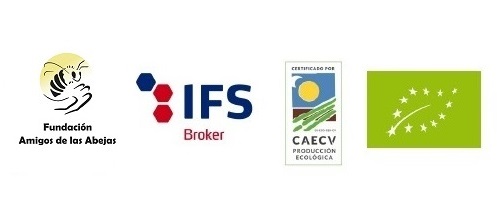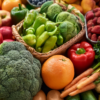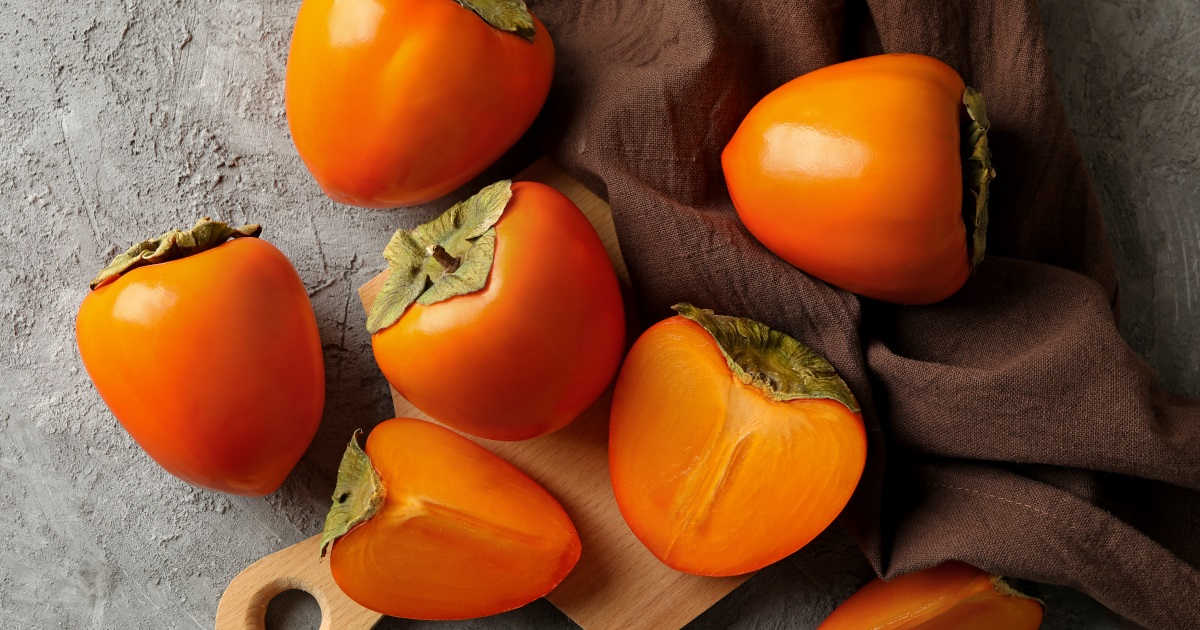
The arrival of October marks the beginning of the persimmon season in Spain, undoubtedly one of the most representative fruits of autumn.
Although Spain is currently the main producer of this fruit, its origin goes back to Asia, where, thanks to its sweetness and nutritional value, it has always been one of the most popular and widely consumed fruits.
In addition to its sweet and pleasant taste, and its versatility to be eaten as a natural dessert or as part of succulent pastries, its high water content makes it a perfect food to prevent oxidation of our organism.
What is the difference between persimmon and Persimmon®?
A very frequent doubt among consumers is the difference between persimmon and Persimmon®. Well, to the surprise of many, we are talking about exactly the same fruit, even the same variety, the one known as "Bright Red".
The main difference between the two lies in their point of ripeness at the time of harvesting. In this case, the Persimon® is harvested at an early stage of ripening, which gives it a crunchy texture. Persimmons, on the other hand, are usually left to ripen due to their astringency, and are difficult to eat in their natural, unripe state.
On the other hand, to obtainPersimon® , the fruit is subjected to a treatment that eliminates the tannins that cause the aforementioned astringency.
In addition, consumers should know that when we talk about Persimon®, it is a registered trademark of the Denomination of Origin "Kaki Ribera del Xúquer" to recognise and market the "Rojo Brillante" variety.
How should I store persimmons?
In this case, it is advisable to keep the persimmons at room temperature to help them ripen and obtain a much sweeter and tastier flavour. If you buy them excessively green, we recommend that you put them in a container or plastic bag - make a hole in it so that the fruit transpires - and leave them to ripen in a place where they do not receive much light.
In the case of the Rojo Brillante variety, and therefore also of the Persimon®, it is advisable not to eat them after purchase. As we have seen, these are fruits that are picked at the moment of optimum ripeness, so it is better that they do not become soft in order to enjoy all their flavour and texture.
What is the nutritional value of persimmons?
Persimmons are one of the foods that provide the greatest amount of vitamin A to our organism. A single piece, with an average size, is capable of providing around 30% of the daily intake of this vitamin. In addition, its high volume of carotenes through vitamin A acts as an antioxidant, preventing the ageing of our body's cells, arteriosclerosis and preventing cancer.
At the same time, it is an important source of vitamin C. As with vitamin A, a persimmon can provide more than 40% of the amount of vitamin C needed each day.
In terms of the minerals present in the fruit, the potassium content stands out and, to a lesser extent, magnesium and phosphorus.
Finally, its proportion of carbohydrates is not negligible, around 15%, mainly fructose and glucose. It also contains pectin, which helps to lower blood cholesterol levels.

